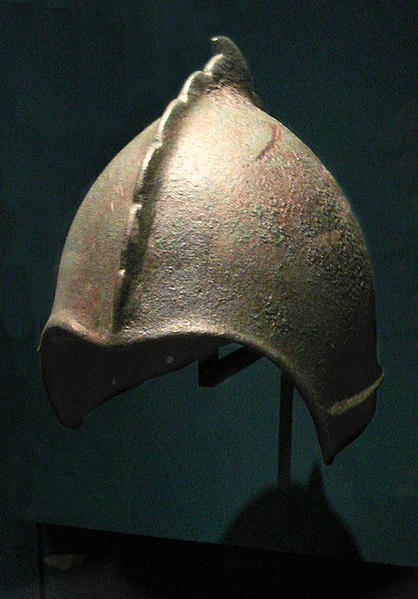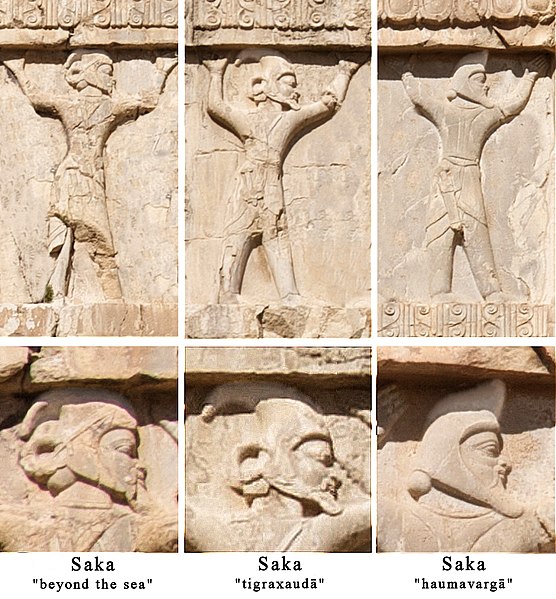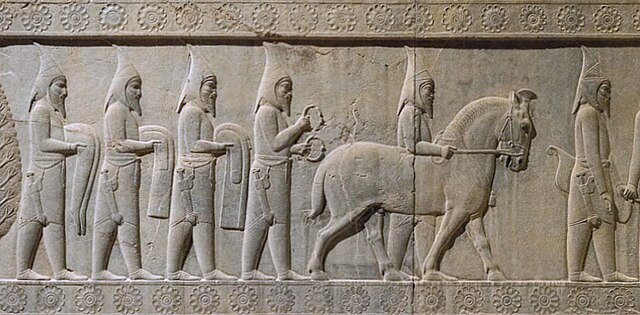Sistān, also known as Sakastān and Sijistan, is a historical region in present-day south-eastern Iran, south-western Afghanistan and extending across the borders of south-western Pakistan. Mostly corresponding to the then Achaemenid region of Drangiana and extending southwards of the Helmand River not far off from the city of Alexandria in Arachosia. Largely desert, the region is bisected by the Helmand River, the largest river in Afghanistan, which empties into the Hamun Lake that forms part of the border between Iran and Afghanistan.
Asbad (windmills) in Sistan, Iran
Coinage of the Sakaurakae ruler Tanlesmos (Sakastan, circa 80-40 BC). A Parthian drachm of Orodes II with the addition of a contermark with portraiture and the name TANLHC around.
The gates of Haozdar, in Sistan
Coin of Tanlismaidates, Parthian governor of Sakastan (ruled circa 80-40 BCE), with Rangodeme.
The Saka were a group of nomadic Eastern Iranian peoples who historically inhabited the northern and eastern Eurasian Steppe and the Tarim Basin.
Cataphract-style parade armour of a Saka royal, also known as "The Golden Warrior", from the Issyk kurgan, a historical burial site near Almaty, Kazakhstan. Circa 400–200 BC.
Scythian helmet, copper alloy, Afrasiyab, Samarkand, 6th–1st century BC.
For the Achaemenids, there were three types of Sakas: the Sakā tayai paradraya ("beyond the sea", presumably between the Greeks and the Thracians on the Western side of the Black Sea), the Sakā Tigraxaudā (the Massagetae, "with pointed caps"), the Sakā haumavargā ("Hauma drinkers", furthest East). Soldiers of the Achaemenid army, Xerxes I tomb detail, circa 480 BC.
Sakā Tigraxaudā tribute bearers to the Achaemenid Empire, Apadana, Staircase 12.








